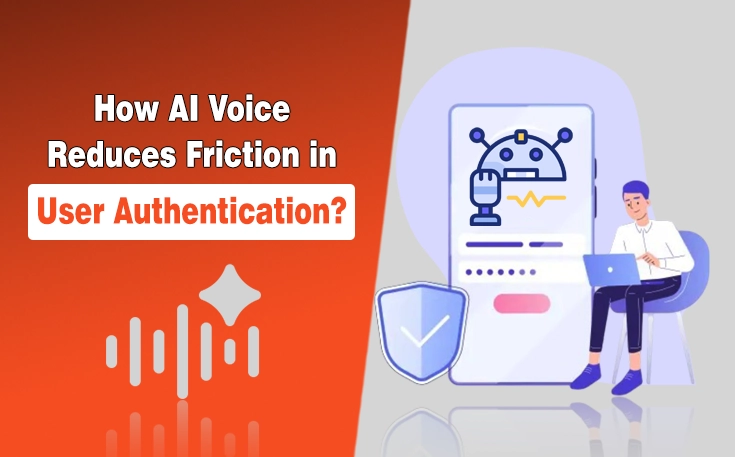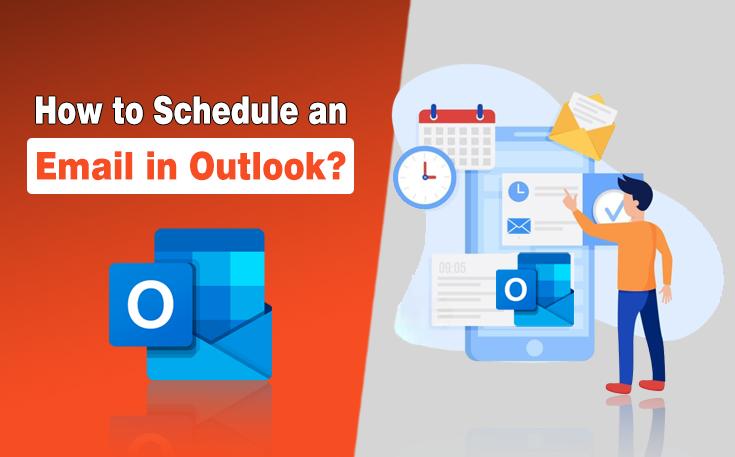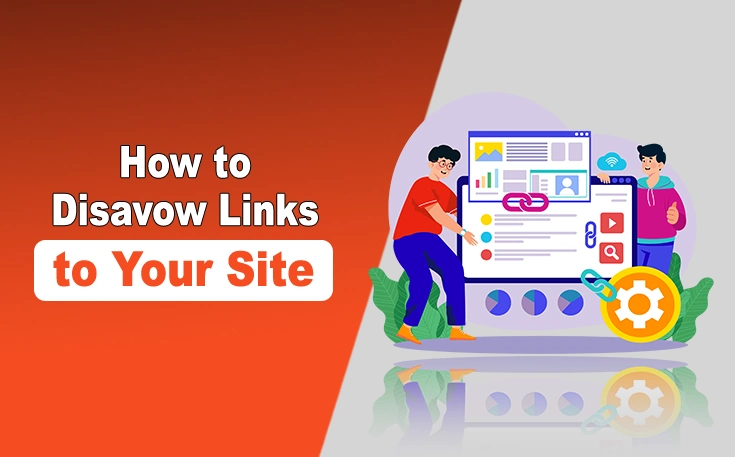AI makes publishing faster and copying easier. For online businesses that depend on original product pages, blogs, or gated reports, a single scraped or AI-rewritten Page can cost rankings, trust, and revenue.
This article gives practical, no-nonsense advice you can use today. We’ll cover detection, policy, and response, from enterprise Plagiarism checker setups to editorial habits that stop problems before they start. You’ll learn how to use a “grade my essay” tool in the middle of a quality-control workflow, and how to combine that with a human review so decisions aren’t for a score alone.
Read on for step-by-step tactics (scannable lists, a short tool comparison, and a compact action checklist) so you can protect your content, your search visibility, and your brand reputation.
What is AI Plagiarism Detection?
AI plagiarism detection is the practice of identifying content that likely originated from AI models or was automatically paraphrased from other sources.
Traditional plagiarism detects verbatim copying; AI-aware systems look for stylistic fingerprints, synthetic fluency, and paraphrase-level overlap.
Two simple scenarios:
- Exact-copy: lifted text from a competitor — classic plagiarism, easy to prove.
- AI-paraphrase: original-sounding prose generated by a model trained on many sources — harder to trace and explain.
Why does this matter? Online business content originality protection isn’t just about ethics; it affects search rankings, contract compliance, and customer trust.
Why an AI Plagiarism Checker is Important for Businesses?
Businesses face three realities: scale, speed, and subtlety. A manual spot-check won’t cut it when you publish dozens or hundreds of pages a month. An AI plagiarism checker for businesses gives you batch scanning, API access, and customizable thresholds — features built for scale.
How to implement:
- Start with a baseline scan: Run your site and your top-performing pages through an enterprise checker to spot obvious duplicates and near-duplicates.
- Integrate checks into your CMS: Block or flag content at publish time rather than after the damage is already here.
- Set roles and alerts: Don’t send raw scores to authors; route flagged items to editors for review.
Quick best practices: Keep a running log of incidents, assign an owner for remediations, and prioritize pages that drive conversions or organic traffic for immediate review.
How to Prevent Online Plagiarism with AI?
Technology helps, but policy seals the deal. Create a clear AI-use policy for writers and vendors. Require disclosure when using AI tools, and mandate that any AI-Generated draft enter a human editing stage — the humanizer step — to inject voice, facts, and citations.
Policy Elements:
- Define acceptable AI use (drafting, ideation, not final publishable content).
- Contract clauses for freelancers: no undisclosed AI reuse, work-for-hire clauses, and IP warranties.
- Training: Editors should know how to read detector signals and choose remediation actions.
Also, practical workflows beat theory, so schedule automated daily or weekly scans for new content. Use webhooks or APIs to pipe flagged results into your existing ticketing system (Jira, Asana, Trello). Human-in-the-loop review reduces false positives: an editor verifies before any takedown or rewrite.
Checklist
- Who to scan: landing pages, product descriptions, guest posts, partner content.
- Frequency: high-traffic pages — weekly; long-tail content — monthly.
- Escalation: high-similarity + commercial intent → immediate action.
Why Plagiarism Detection Matters for SEO Content?
Search engines penalize thin or duplicated content, and even a paraphrased AI rewrite can dilute your topical authority. For SEO, detection must be strategic: look for pattern matches across domains, check for near-duplicate phrasing in top-ranking SERP results, and verifying canonical tags.
Tactics:
- Pre-publish scan for SEO pages.
- Use similarity percentage thresholds to decide between rewrite vs. attribution.
- If scraped content appears on other domains, document timestamps and request removal or canonical links.
Protecting SERP positions requires vigilance. Use detection tools to spot low-quality, autogenerated pages that mimic your content. If scraped copies are outranking your content, you may need to:
- File DMCA takedowns with the hosting provider.
- Report to search engines with timestamps and proof of original publication.
- Strengthen on-page signals (structured data, internal linking, freshness) to reassert authority.
AI Content Detection Tools
Not all detectors are the same. Some focus on fingerprinting AI-generated style, others combine web crawling with textual similarity checks. Choose tools that match your risk: editorial integrity, legal exposure, or SEO.
Categories:
- Pure AI-detectors (stylistic fingerprints)
- Hybrid tools (plagiarism + AI detection)
- Enterprise APIs (bulk and automation-friendly)
A balanced stack pairs a plagiarism and grammar checker with an AI detector and a humanizer workflow (editing step that makes content unmistakably human).
AI Anti-Plagiarism Tools Comparison
Below is a short, practical comparison to guide selection.
- Lightweight tools: best for small teams that need quick in-browser checks; low cost, limited API.
- Hybrid tools: combine web crawling with AI signals; suitable for mid-size teams and SEO-driven businesses.
- Enterprise APIs: scale to thousands of checks, integrate into CI/CD or CMS pipelines; higher cost, but essential for larger publishers.
How to read scores: Treat detection numbers as signals, not verdicts, as provided by tools like Grammarly Plagiarism detector. Always follow up with human review for content that is tied to legal risk or has high commercial value.
Protect Your Brand from AI Plagiarism
Protecting a brand involves a combination of detection, process, and public-facing measures. When you detect scraped or AI-rehashed content on other sites, document it (screenshots, timestamps, crawl logs), send takedown or DMCA notices, and seek canonical attribution where possible. If the infringement affects SEO, coordinate with your SEO Team for reinstatement requests and resubmission.
A simple remediation workflow:
- Detect
- Verify
- Contact host/author
- Request removal or canonical tag
- 5. Monitor for reappearance
For persistent or commercial misuse, consult legal counsel and consider sending formal cease-and-desist letters.
Takeaways
Take these four steps in the next two weeks:
- Pick and pilot a Plagiarism checker and a hybrid AI detector on your top 50 pages.
- Add “humanizer” editing as a required step for any AI-assisted draft.
- Put an AI-use clause into contractor agreements.
- Schedule monthly audits to prevent content scraping with AI and to protect your rankings.
Protecting content is a process: Tools matter, but the policies and people who act on tool alerts keep your brand safe.
Final Thoughts
In conclusion, preventing online plagiarism in the age of AI requires a proactive, multi-faceted approach. Educators, content creators, and institutions must leverage AI-powered plagiarism detection tools, promote digital literacy, and encourage original thinking. Ethical use of AI should be emphasized through clear guidelines and academic policies.
When you build a culture of integrity and use technology responsibly, you can mitigate the misuse of AI for dishonest practices. Ultimately, combining human oversight with advanced AI tools ensures content authenticity and upholds academic and professional standards in a rapidly evolving digital landscape.
Prevention starts with awareness, education, and responsible AI integration.
Need custom app with amazing features?
Get a Quote




